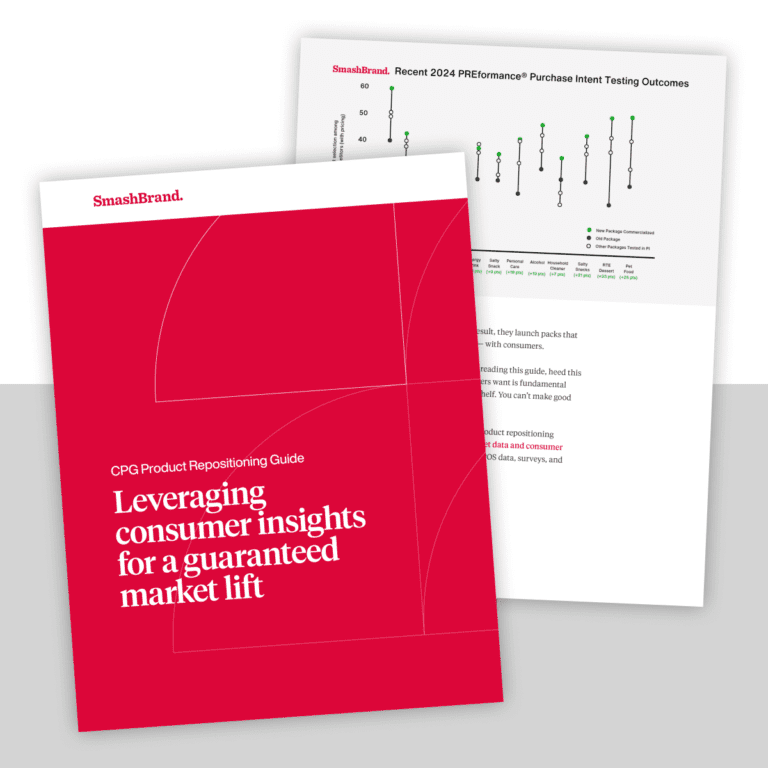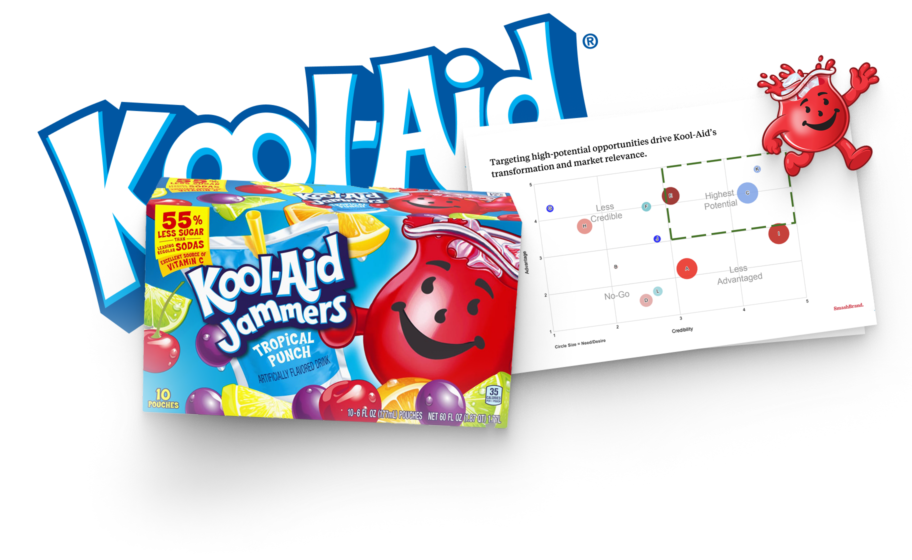At first glance, glass vs plastic packaging seems like an easy fight; glass wears the environmental halo, while plastic takes the hits. But dig deeper into the whole lifecycle, and that halo starts to slip. From raw materials to energy use, even a glass bottle has its environmental baggage.
In this breakdown, we’re pitting these two packaging materials against each other, not for sport, but to determine which option delivers on performance, perception, and long-term sustainability. Each has its own strengths: glass brings quality and heritage; plastic offers flexibility and speed. When factoring in pollution, plastic waste, and the growing concern over harmful chemicals, the issue becomes significantly more complex. Read on to see who really wins, and why your packaging choice matters more than ever.
In the Blue Corner: Glass
Glass gets a lot of love and for good reason. It looks premium, preserves shelf life, and doesn’t leach harmful chemicals into your drink or food. It’s also more likely to be reused and, with the right systems, recycled efficiently. For wine packaging design or upscale jars, it sets the standard for perceived quality.
But let’s not romanticize molten glass. Its production is energy-intensive, requiring high heat and soda ash, as well as a custom mold for every SKU. Even with plant-based packaging design trending, glass still holds ground—but does it hold up under pressure? We’ll provide you with the information and perspective to determine what’s myth, what’s measurable, and what makes sense for your new product.
Glass Manufacturing
It’s easy to assume glass wears the eco-friendly crown. But when you get into the data, the picture shifts. According to Carnegie Mellon University, manufacturing glass containers vs plastic requires double the energy. Why? Because reaching the extreme heat needed for those sleek, premium glass and plastic packaging designs means burning more fossil fuels—and emitting more toxins.
Glass is also heavier. That means higher shipping costs and greater fuel consumption per item. It’s not just about aesthetics or luxury packaging design; weight hits your carbon footprint hard. And when you scale that across every coffee packaging design or beverage launch, it adds up.
The bottom line? Glass can produce up to seven times more greenhouse gases than plastic. So while it may look clean, it’s not always the cleanest choice. In the battle between glass and plastic containers, beauty comes at a cost.
Glass Storage
Ok – don’t write glass off yet, there are several strong points to glass food storage vessels.
Glass doesn’t leak air into its contents, so the foodstuffs or whatever sundries within don’t spoil through oxidation as quickly (or at all). Ever see wine in a plastic bottle? And you probably never will – until we enter an era of single serving flavored wines for children or some other equally horrible idea.
Glass is also far easier to sterilize than plastic because of its lack of porosity, and it doesn’t transfer chemical matter to foods, so that flavors remain pure throughout the product’s storage life. The same can’t be said for plastic; anyone who’s ever tasted leftover takeout from a clamshell box knows what we mean. Also, that little matter of eating industrial chemical runoff tends to make customers a touch uneasy.
In the Red Corner: Plastics
We don’t tend to feel as warm and fuzzy about plastic as we do about glass. It’s light weight, it feels flimsy in the hand and it has a nasty environmental reputation. But don’t let its trash talking, inelegant ways fool you; underneath that crushable exterior lies the heart of a warrior that won’t be going down anytime soon despite its massively negative PR.
Plastic Manufacturing
Plastics, being lighter, do not require as much energy to produce as glass. However, even though we do our best to recycle plastics, city recycling services don’t accept many plastic containers, and some plastics simply aren’t recyclable. All glass, on the other hand, is recyclable.
Unless the plastic containers contain zero additives, they can only be recycled into synthetic fibers for certain clothing articles or insulation. The majority of plastic products are, in fact, downcycled – recycled into non-food grade applications — and this can be especially problematic if the manufacturer gets too plastic happy.
Plastic Storage
This is where plastics begin to come apart at the seams – at least when it comes to consumables. The weird thing about plastics is that even though they can exist eternally in landfills, they can only be used to store foods for a fairly short time. However, the lightweight nature of plastics makes them far cheaper to transport in large quantities. In the battle between glass and plastic, glass might be heavier, but plastic can swarm its opponent from all angles in mighty numbers.
At the end of round one, there hasn’t emerged a clear winner, yet when we inspect the economic factors more deeply in the later rounds, will we have a Rocky-like people’s champion, or will our winner be a juiced-up, evil interloper from a nation with a questionable human rights record? Plastic to glass: I must break you. (Rocky IV reference, FYI)

Nice Package
Don’t miss out on our monthly newsletter Nice Package!
Each month, we deliver a data-driven newsletter directly to your inbox, unpacking a critical topic in the FMCG & CPG industry.
"*" indicates required fields
Data-Driven Brand Development
Want a best-selling brand? SmashBrand is a brand development firm for FMCG and CPG companies. From brand strategy to packaging design testing, our Path To Performance™ process guarantees a retail performance lift. Book a time to discuss your project with our team.
Subscribe to
Nice Package.
SmashBrand’s Nice Package: Stay current with our latest insights
Free Resource.

CPG product repositioning guide.
Explore the five undeniable signs your CPG product needs repositioning along with strategies for leveraging consumer insights for a guaranteed market lift.
Download Whitepaper About CPG product repositioning guide.

